Keeping Your Power Tools in Tip-Top Shape: Proper Storage Techniques
Power tools are a significant investment, and proper storage is crucial to ensure their longevity and optimal performance. Improper storage can lead to a range of issues, from tool damage to decreased efficiency. How to store power tools?This blog post explores the best practices for storing power tools, equipping you with the knowledge to protect your valuable equipment.
Clean and Maintain Before Storage
The first step in properly storing power tools is to ensure they are clean and well-maintained. Remove any dirt, debris, or residue that may have accumulated during use. Use a soft cloth or brush to wipe down the tool’s exterior, paying special attention to any moving parts or areas that may be prone to corrosion.
If the tool has a removable battery, ensure it is fully charged before storing. This will help prevent the battery from draining and potentially causing issues when you’re ready to use the tool again.
For tools with blades or cutting edges, consider applying a light coating of oil or lubricant to prevent rusting and maintain sharpness.
Utilize Dedicated Storage Solutions
Investing in dedicated storage solutions for your power tools can greatly enhance their longevity and organization. Look for tool chests, cabinets, or wall-mounted racks that are specifically designed to accommodate your power tools.
These storage solutions often feature individual compartments or drawers, allowing you to neatly arrange and protect each tool. This not only keeps your power tools organized but also helps to prevent damage from bumps, scratches, or other impacts.
When selecting a storage solution, consider the size and weight of your power tools, as well as the overall available space in your workshop or garage. Opt for a storage system that provides ample room for your current and future tool collection.
Protect Against Moisture and Humidity
Exposure to moisture and humidity can be detrimental to power tools, leading to rust, corrosion, and even internal component failure. Take proactive measures to protect your tools from these environmental factors.
Store power tools in a dry, well-ventilated area, such as a climate-controlled workshop or a garage with a dehumidifier. Avoid damp basements or outdoor sheds, as these areas are more susceptible to high moisture levels.
If you must store power tools in a humid environment, consider using desiccant packs or silica gel sachets to absorb any excess moisture and keep the tools dry. These small but effective moisture-absorbing products can help extend the lifespan of your power tools.
Prevent Accidental Activation
Power tools can pose a serious safety hazard if they are accidentally activated during storage. To mitigate this risk, always remove the battery or unplug the tool before putting it away.
For cordless power tools, ensure that the battery is removed and stored separately from the tool. This not only prevents accidental activation but also helps to maintain the battery’s charge and longevity.
For corded power tools, coil the power cord neatly and secure it in place to prevent it from becoming a tripping hazard or accidentally activating the tool.
Additionally, consider using tool covers or cases to further safeguard against accidental activation and protect the tool’s delicate components.
Organize and Label for Easy Access
Proper organization and labeling can greatly enhance the efficiency of your power tool storage system. Group similar tools together, making it easier to locate the specific item you need when it’s time to use them.
Consider using clear plastic bins, tool chests, or wall-mounted racks to store your power tools. This allows you to quickly identify the contents and access the desired tool with ease.
Labeling the storage containers or designated areas can also be beneficial, especially if you have a large collection of power tools. Use clear, legible labels to indicate the contents, model numbers, or any other relevant information.
By maintaining a well-organized power tool storage system, you’ll save time and effort when it comes to locating and accessing your tools, ultimately improving the overall efficiency of your workshop or job site.

Store Accessories and Consumables Separately
Power tool accessories and consumables, such as blades, bits, and abrasives, should be stored separately from the main tools. This helps to prevent the loss or damage of these smaller components and ensures that they are easily accessible when needed.
Consider using dedicated storage solutions for these accessories, such as tool boxes, drawers, or shelves. This not only keeps them organized but also helps to protect them from environmental factors like moisture or impact.
When storing consumable items like blades or bits, ensure that they are properly protected to maintain their sharpness and performance. Keep them in their original packaging or use protective cases to prevent dulling or damage.
Rotate and Inspect Regularly
Regular rotation and inspection of your power tools is crucial to maintaining their optimal condition. Periodically remove the tools from storage and visually inspect them for any signs of damage, wear, or potential issues.
During the inspection process, check for any loose components, corrosion, or other issues that may require maintenance or repair. Address any problems promptly to prevent further damage and ensure the continued safe and efficient operation of your power tools.
Additionally, consider rotating the usage of your power tools, ensuring that they are not subjected to excessive, continuous use. This helps to distribute the workload and prevent premature wear or failure.
Protect Your Investment
Proper storage is a vital aspect of power tool maintenance, ensuring that your valuable investment remains in top-notch condition for years to come. By following the best practices outlined in this blog post, you can extend the lifespan of your power tools and maintain their performance, safety, and reliability.
Remember, taking the time to clean, organize, and protect your power tools can save you from the hassle and expense of premature replacements or unexpected breakdowns. Invest in the right storage solutions and commit to a consistent maintenance routine to keep your power tools in peak operating condition, ready to tackle any project with confidence.

Conclusion
Proper storage of power tools is crucial for maintaining their performance, longevity, and safety. By following simple guidelines such as cleaning and removing debris, storing in a cool and dry area, maintaining proper battery charging, and securing tools to avoid damage or theft, one can ensure that their power tools remain functional and ready for use.
Investing in appropriate storage solutions such as toolboxes or cabinets can further protect these essential tools from environmental factors and accidents. By implementing effective power tool storage techniques, users can extend their tool’s lifespan and reduce the need for repairs or replacements, ultimately saving costs and ensuring optimal performance.

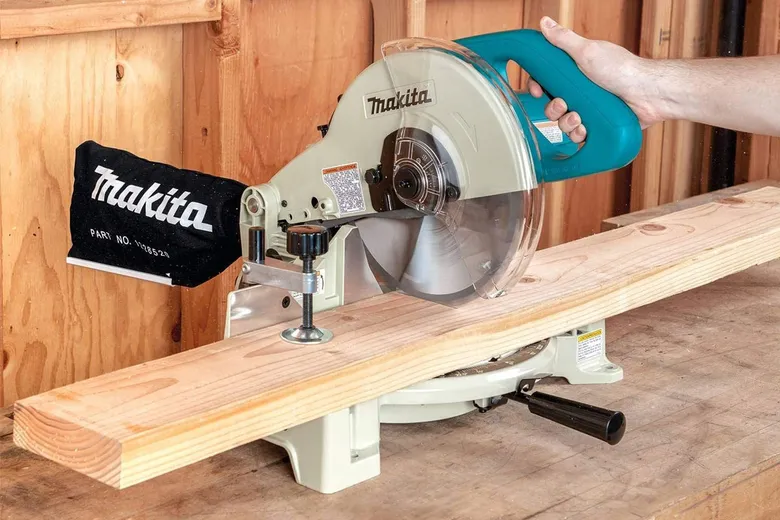
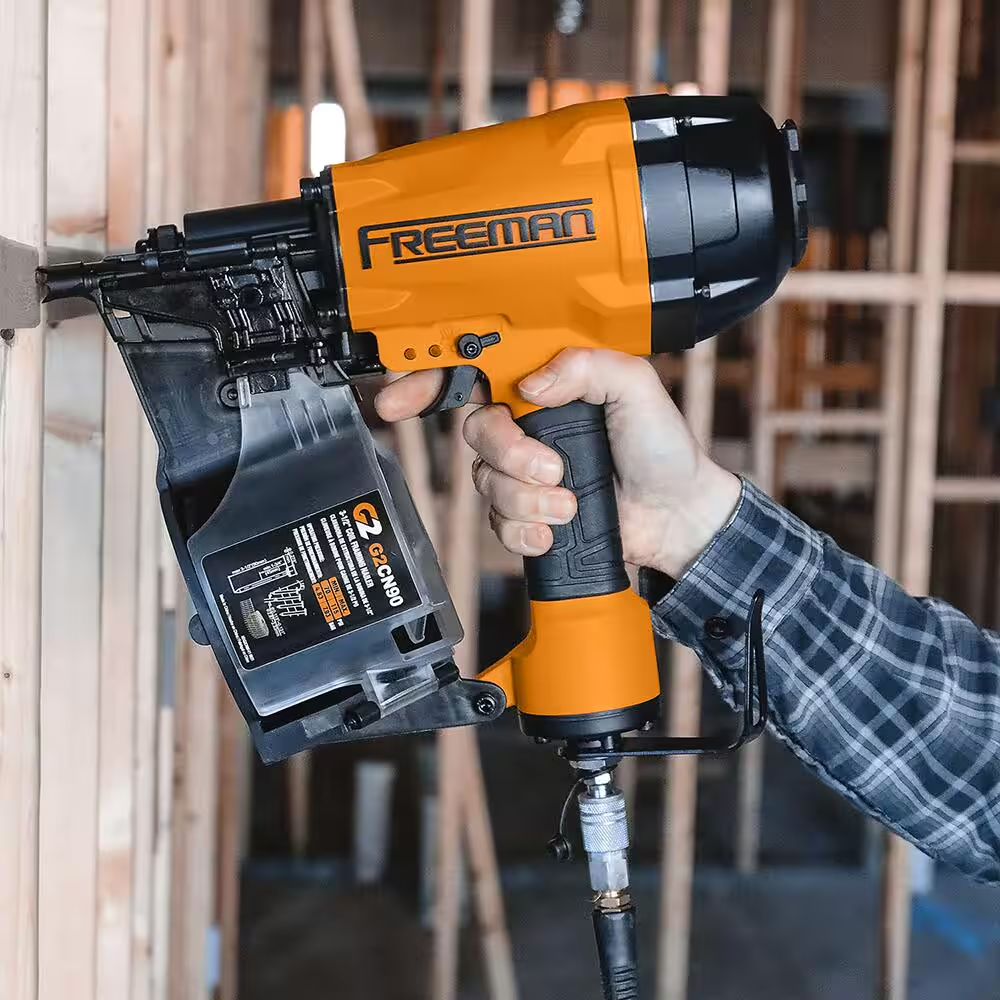
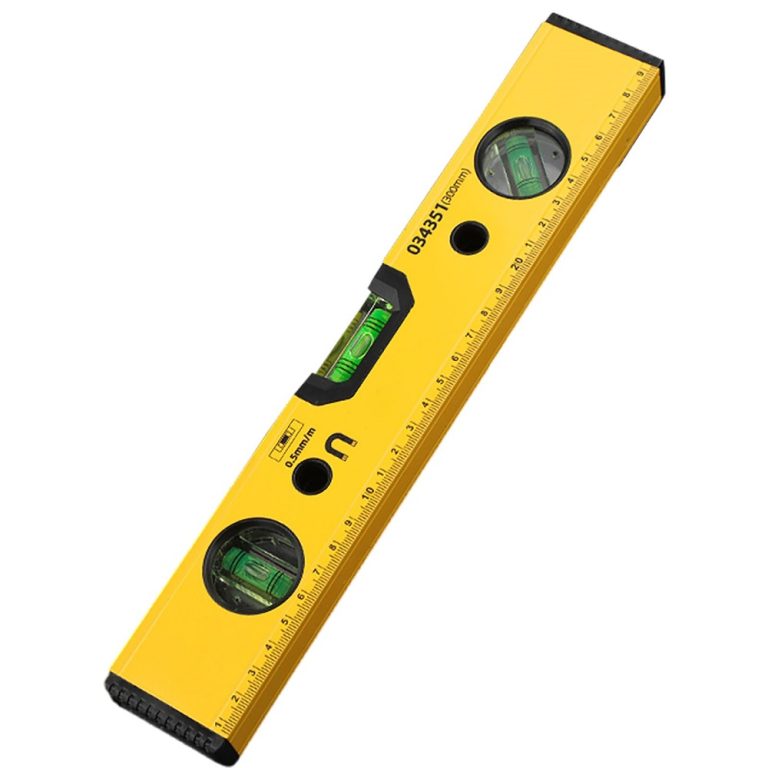
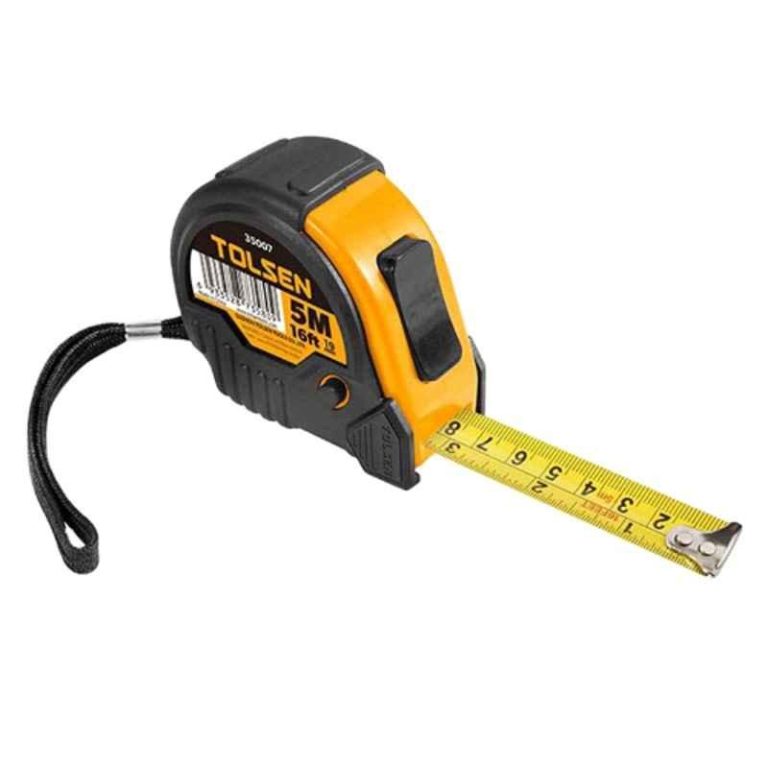


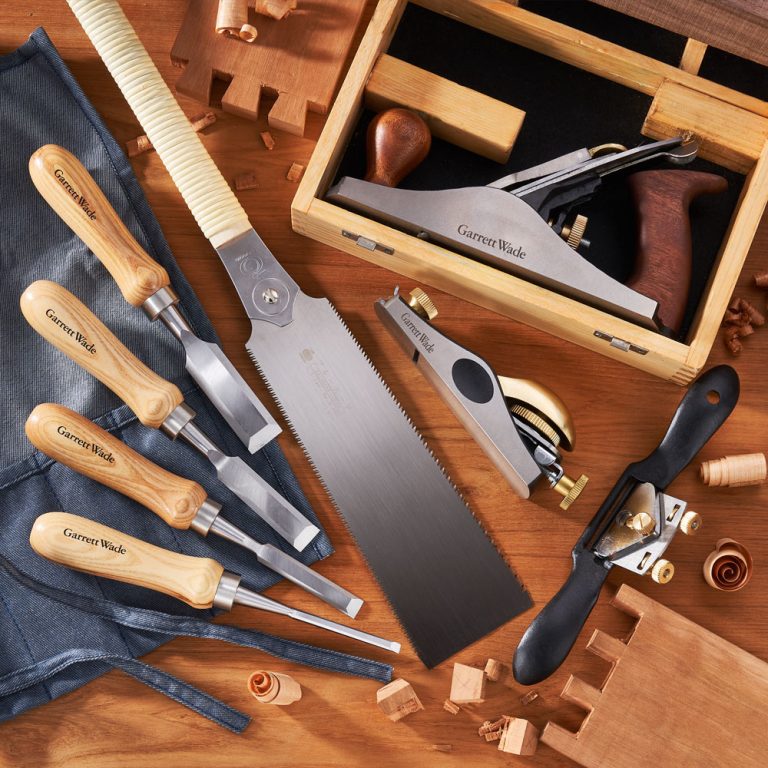
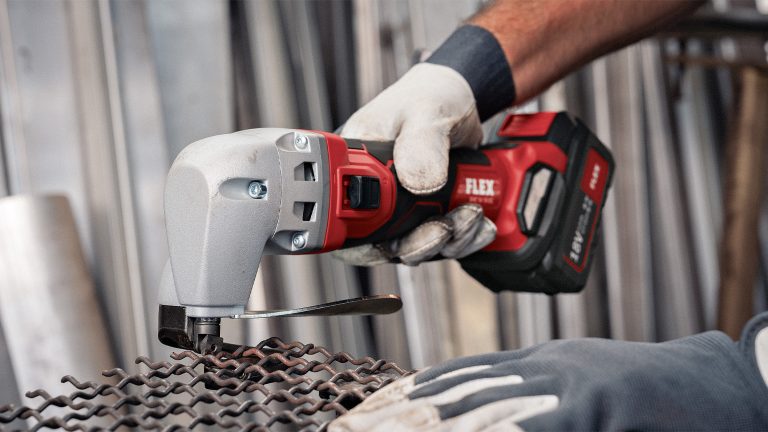
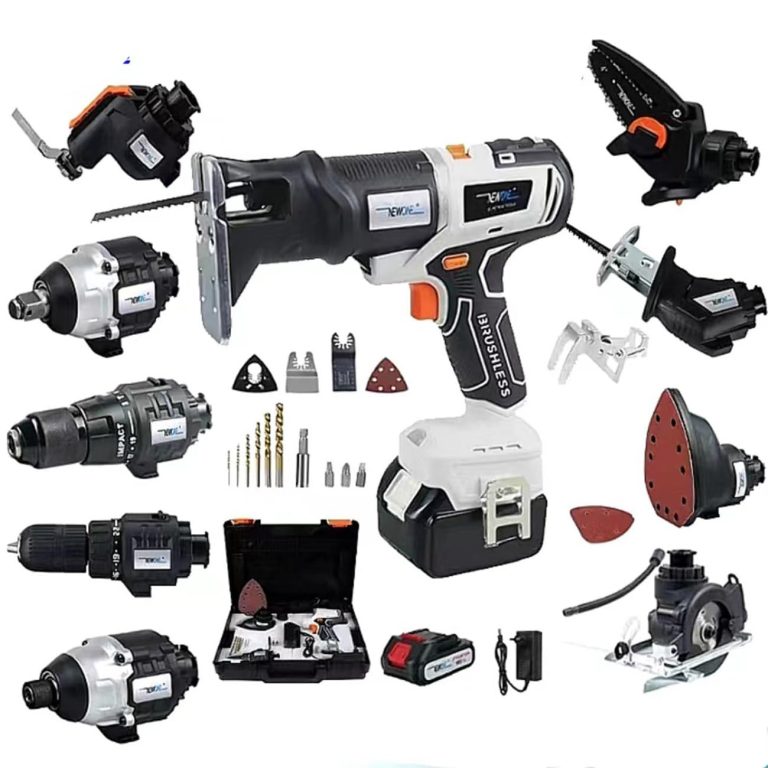
+ There are no comments
Add yours